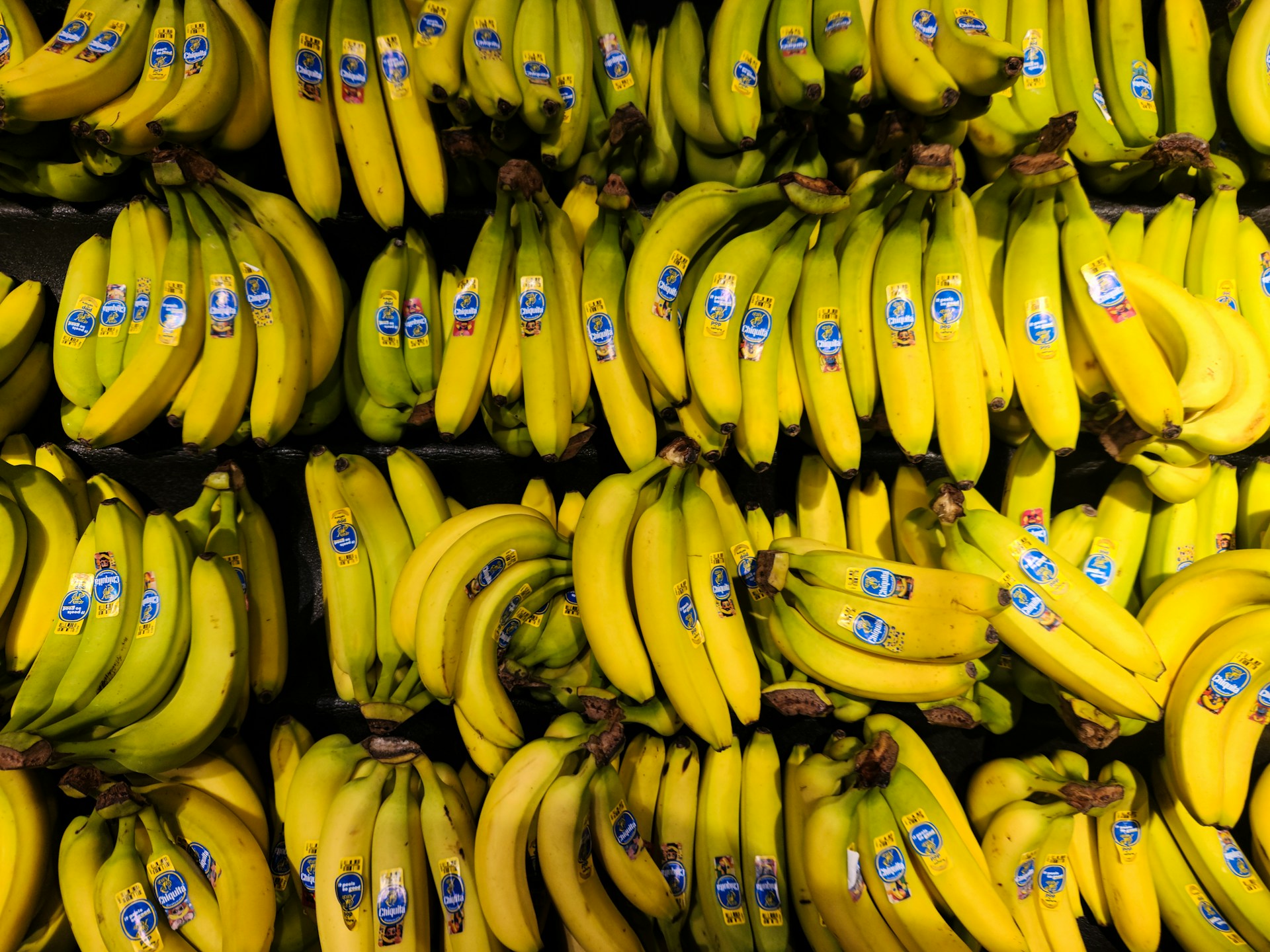Casablanca – Morocco’s economic landscape in May 2024 reflects nuanced trends in consumer prices, as reported by the High Commission for Planning (HCP). The Consumer Price Index (CPI) during this period highlighted distinct movements, showcasing both declines and increases across food and non-food categories.
Overview of CPI changes:
In May 2024, the CPI registered a marginal increase of 0.4% compared to the same month in 2023. This uptick was primarily driven by a 1.7% rise in non-food prices, while food prices experienced a moderate decline of 1.2%. These fluctuations underscored the varied cost dynamics influencing Moroccan households’ expenditure patterns.
Detailed analysis of price movements:
Food prices:
The CPI decline of 0.2% from April 2024 was chiefly attributed to a 0.7% reduction in food prices, despite specific increases in meat (0.8%) and vegetable (0.2%) prices. Notably, significant decreases were observed in fish and seafood (5.7%), milk, cheese, and eggs (2.1%), oils and fats (2.0%), fruits (0.3%), bread and cereals (0.2%), and coffee, tea, and cocoa (0.1%). These reductions reflected broader market adjustments in response to global and domestic supply and demand factors.
Non-food prices:
Conversely, non-food prices saw a 0.4% increase, driven prominently by a sharp 12.3% surge in gas prices. This category’s performance varied, with notable increases in restaurant and hotel costs (3.2%) and declines in healthcare expenses (1.2%). These fluctuations underscored sector-specific pressures impacting consumer spending habits and inflation dynamics.
Regional variations:
Geographically, CPI variations were pronounced across Moroccan cities. Significant declines were recorded in Al-Hoceima (-1.0%), Kenitra (-0.8%), Fez (-0.7%), Oujda (-0.5%), Tetouan, Tangier, and Settat (-0.2%), as well as Casablanca, Meknes, and Errachidia (-0.1%). Conversely, cities like Guelmim (1.0%), Laayoune (0.7%), Marrakech, and Dakhla (0.3%), and Agadir and Beni-Mellal (0.2%) experienced CPI increases, highlighting localized economic conditions shaping price movements.
Underlying inflation indicator:
The underlying inflation gauge, which excludes volatile and regulated price items, edged up modestly by 0.1% from April 2024 and marked a significant 2.2% increase from May 2023. This indicator provided insight into the core inflationary pressures influencing Morocco’s economic stability amidst global economic uncertainties.
Morocco’s CPI trends in May 2024 underscored a complex interplay of factors affecting consumer purchasing power and economic stability. Government policies aimed at managing inflation and fostering economic resilience remain pivotal in navigating these fluctuations. Moving forward, continued monitoring and adaptive policy measures will be crucial in sustaining balanced economic growth and safeguarding consumer welfare in Morocco.
















